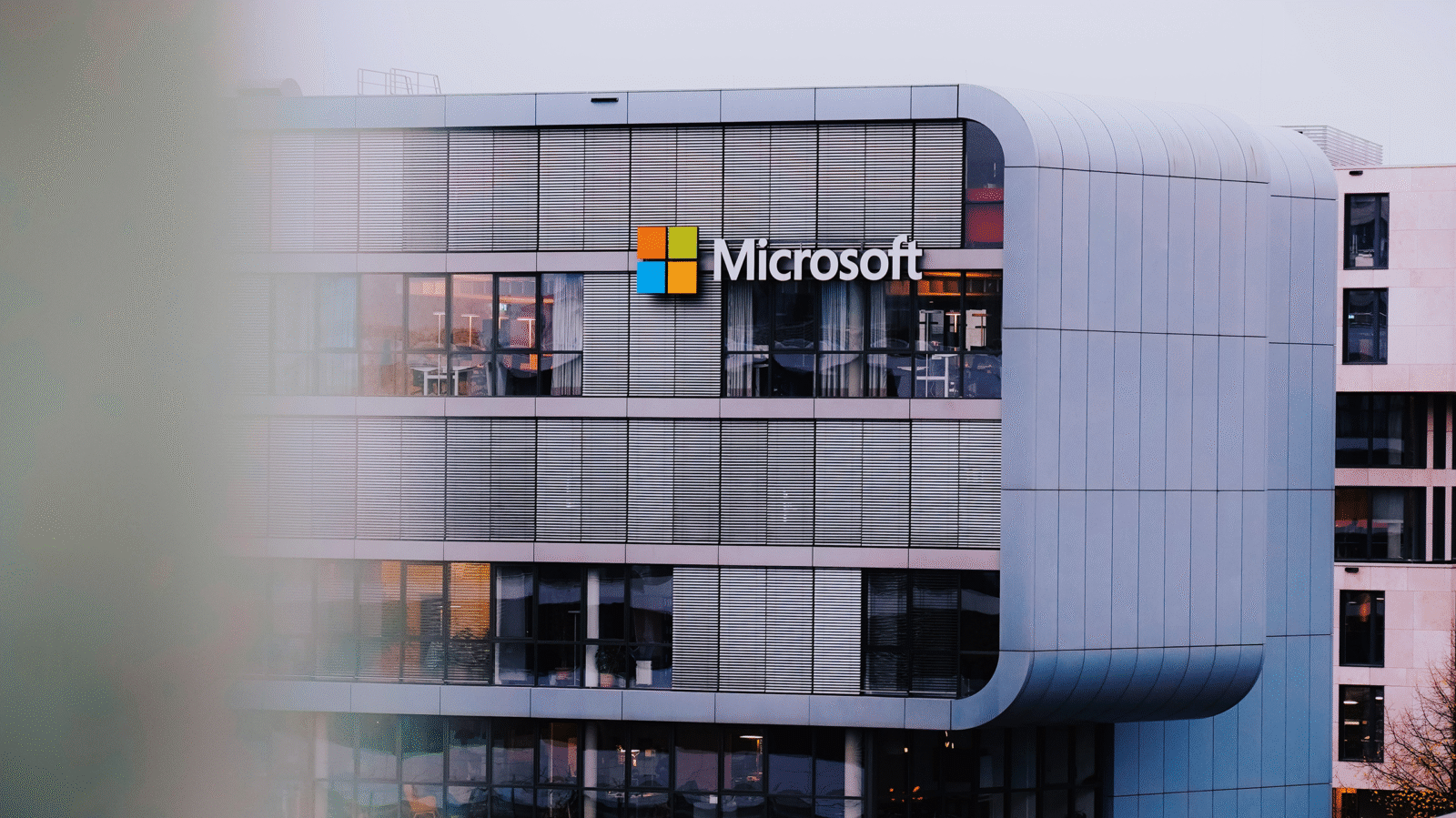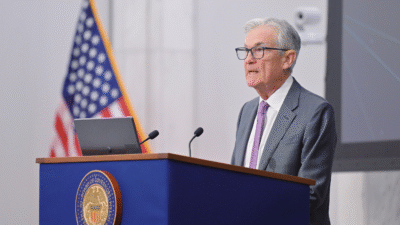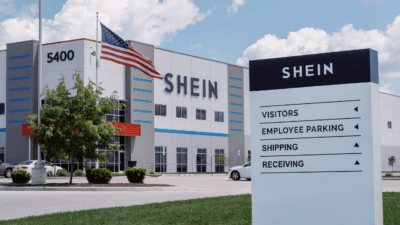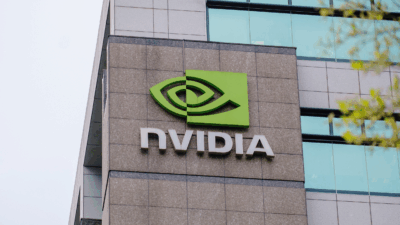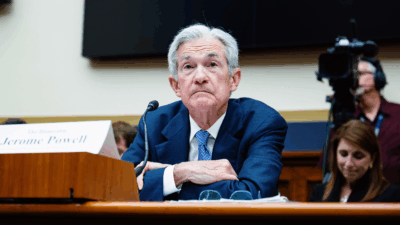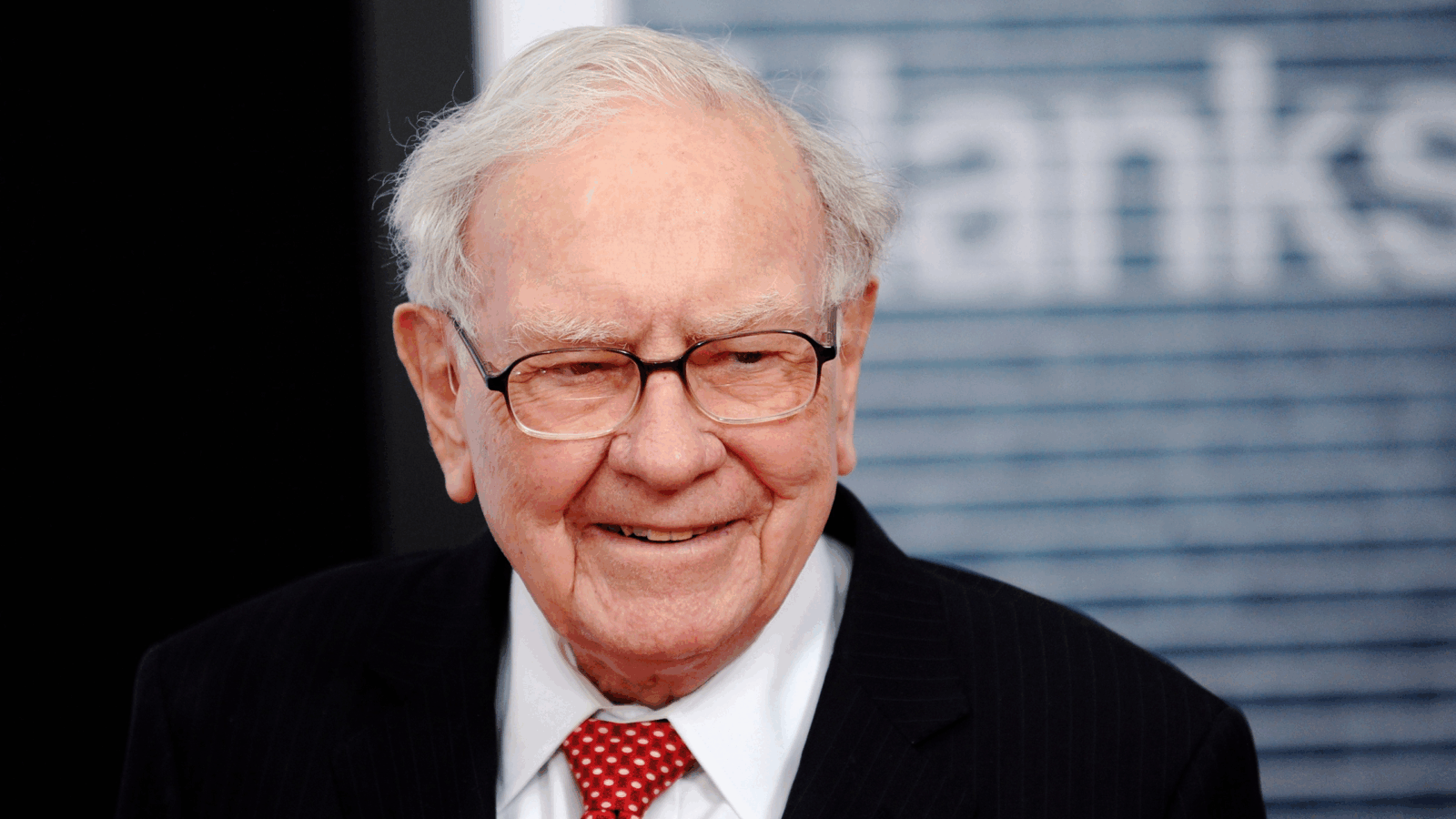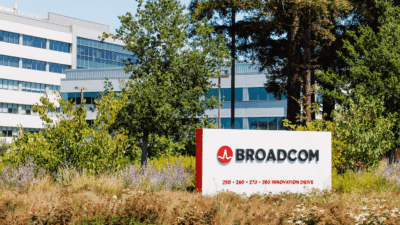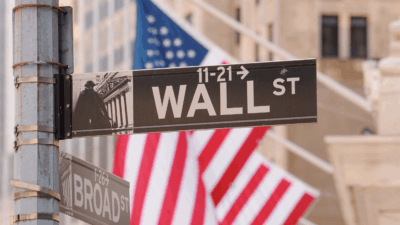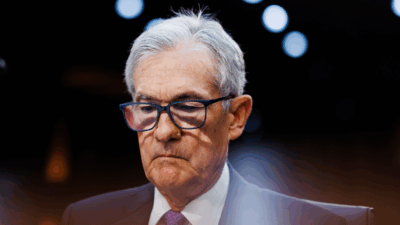The Rest of the Stock Market is Catching Up to Big Tech
Persistent optimism about an economic soft landing has buoyed investors’ hopes about companies of all sizes.

Sign up for smart news, insights, and analysis on the biggest financial stories of the day.
The S&P 500 has 493 other stocks, too. Investors have started to notice.
After a relatively dismal 2023 and start of 2024, many stocks in the broader market are finally beginning to catch up — and in some cases surpass — the Magnificent Seven tech players that almost single-handedly lifted the entire market to its recent all-time highs, according to a Wall Street Journal analysis published Monday.
The Dog Days Are Over
Cracks already started to show earlier this year in the foundation of the seven-company bloc — Microsoft, Meta, Apple, Amazon, Alphabet, Nvidia, and Tesla — that once fueled the market rally, with Apple and Tesla in particular beginning to slip. But persistent optimism over a so-called soft-landing (despite the frequent optimism-tempering language of Fed Chair Jerome Powell) has lifted smaller players to fill the vacuum and continue a broader runup in equities.
The S&P 500 is up around 33% in the past year and closed last Thursday just a half-point shy of a record. Hope for taming inflation and looming rate cuts has helped lift companies of all stripes, especially what could be called Small or Mid Tech players:
- Tech stocks overall are up over 10% this year, according to WSJ analysis. The AI-hype train has trickled down to Super Micro Computers, up 300%, while Carvana, up 61%, can finally see an escape path from the stranglehold of high-interest rates.
- Meanwhile, the Russell 2000, which tracks the type of small-cap companies hit particularly hard by inflation and high borrowing costs, is up nearly 30% since an October fallow period.
“With inflation coming down and the Fed no longer fighting you, it’s just a better long-term case for risky assets,” Joseph Amato, chief investment officer at Neuberger Berman, told the WSJ.
Over Their Skis: Still, after largely renouncing growth-at-all-cost strategies last year in favor of, you know, actual profits, investors may be beginning to relapse. Companies in the S&P 500 are trading at an average price-to-earnings ratio of around 21, per the WSJ, above typical norms and approaching 2022’s level of hyper-optimism. Sometimes there’s no better drug than hope.
